

William Stopford
2026 Suzuki Jimny XL review
3 Hours Ago
Audi has built an electric SUV that makes the transition from an internal-combustion engine crossover almost seamless.
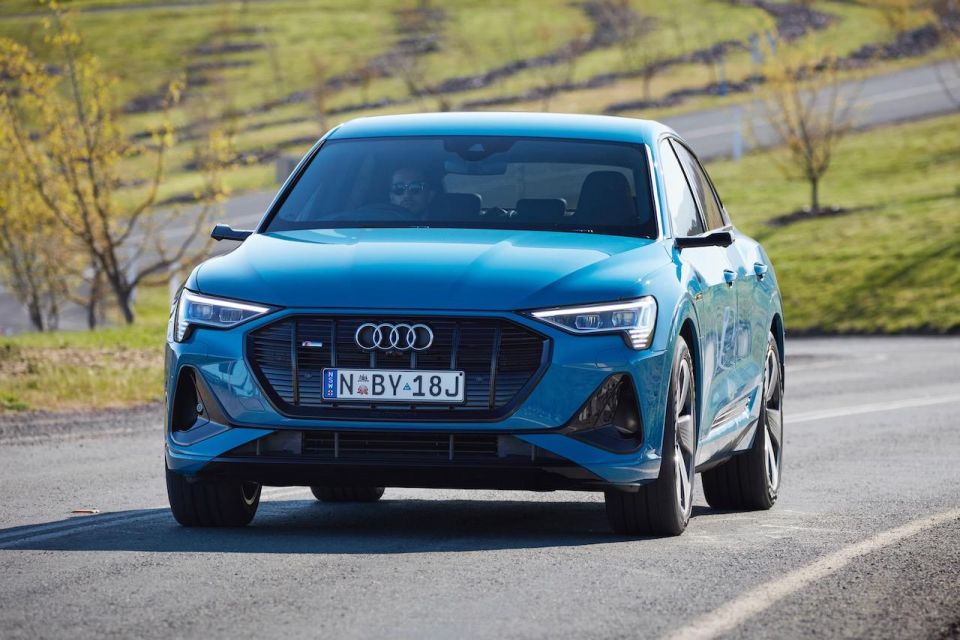


Senior Road Tester
New from
$137,100
excl. on-roads

Senior Road Tester
New from
$137,100
excl. on-roads


Senior Road Tester
New from
$137,100
excl. on-roads

Senior Road Tester
New from
$137,100
excl. on-roads
Quickly see how this car stacks up against its competition. Select any benchmark to see more details.
Where expert car reviews meet expert car buying – CarExpert gives you trusted advice, personalised service and real savings on your next new car.
Reading that California will ban the sale of petrol and diesel cars by 2035, alongside the fact that countries like France, Sweden and Norway are already well on the way to total EV ownership, it started to hit home that we’ll all be driving electric vehicles soon enough.
You can bet battery-electric cars and petrol-electric hybrids will most certainly become the new normal for personal mobility, as the transition from internal-combustion engines to electric power gains momentum and acceptability.
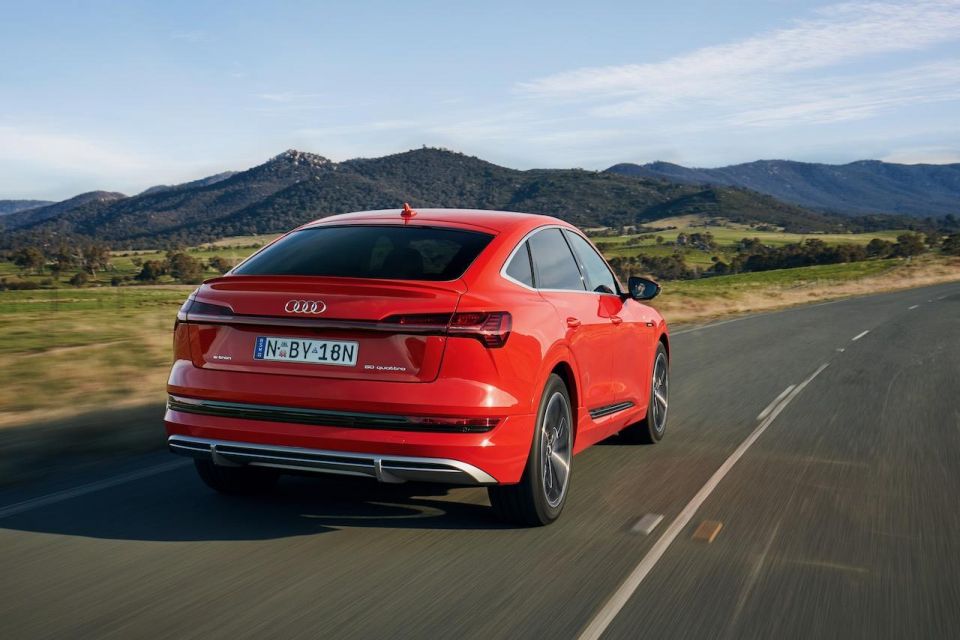
While Tesla pretty much got the jump with the Model S, only to follow up with the Model X SUV and the sales-chart-busting Model 3, the popularity of which has been nothing short of extraordinary, its dominance is bound to face stiff competition as luxury brands, especially the big three German marques, start to ramp up their own EV rollouts.
Take Audi, the German brand famous for quattro all-wheel drive and ’80s Group B rally monsters like the quattro S1. We’ve spent time behind the wheel of its first electric vehicle and frankly, it wasn’t particularly different to driving any other big Audi, although it was much, much quieter.
It’s called the E-Tron and, apart from being Audi’s first series production EV, it will be followed by the 30 electrified cars the company intends to offer consumers between now and 2025.

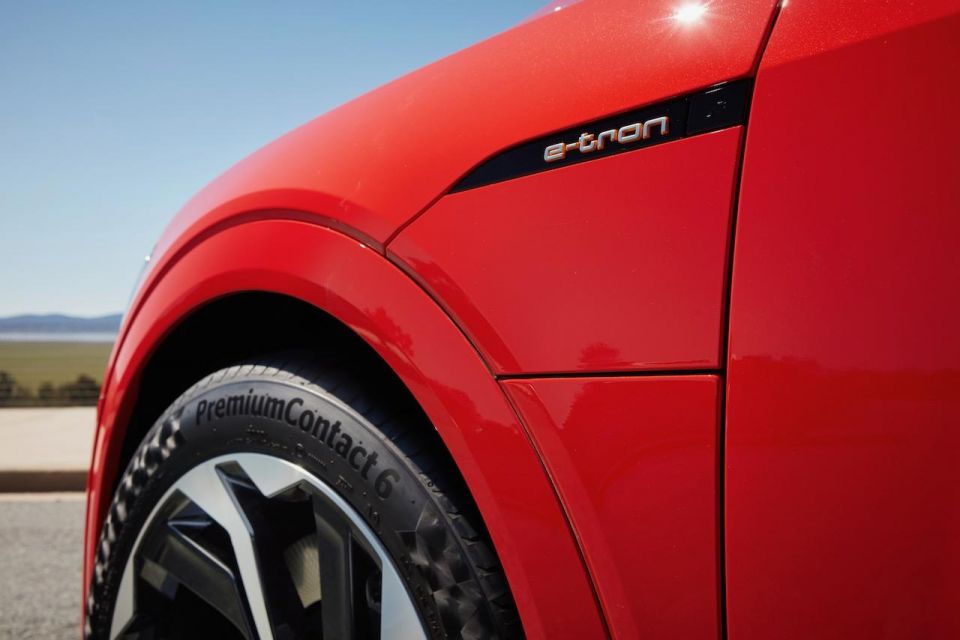
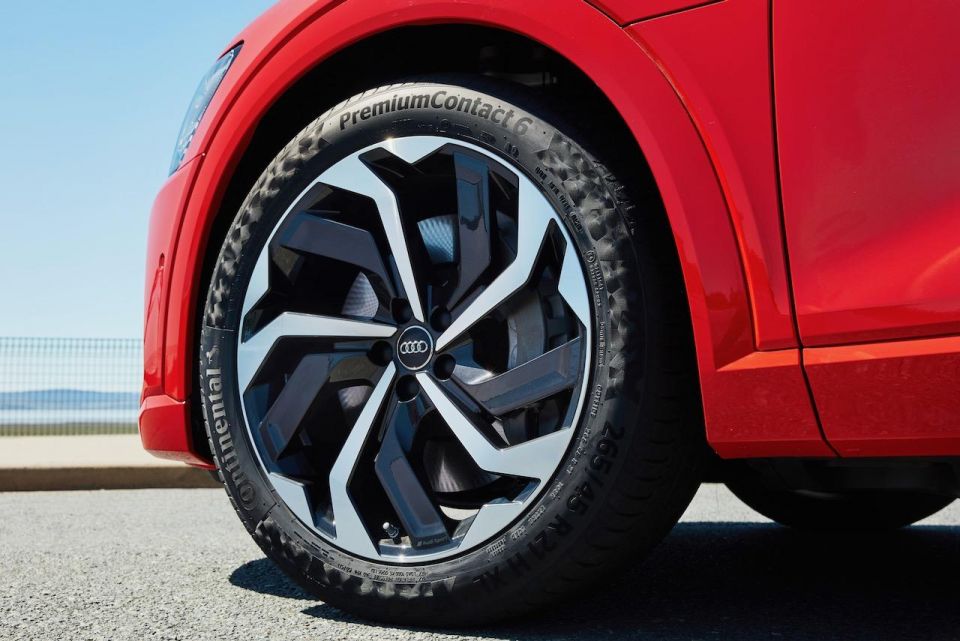
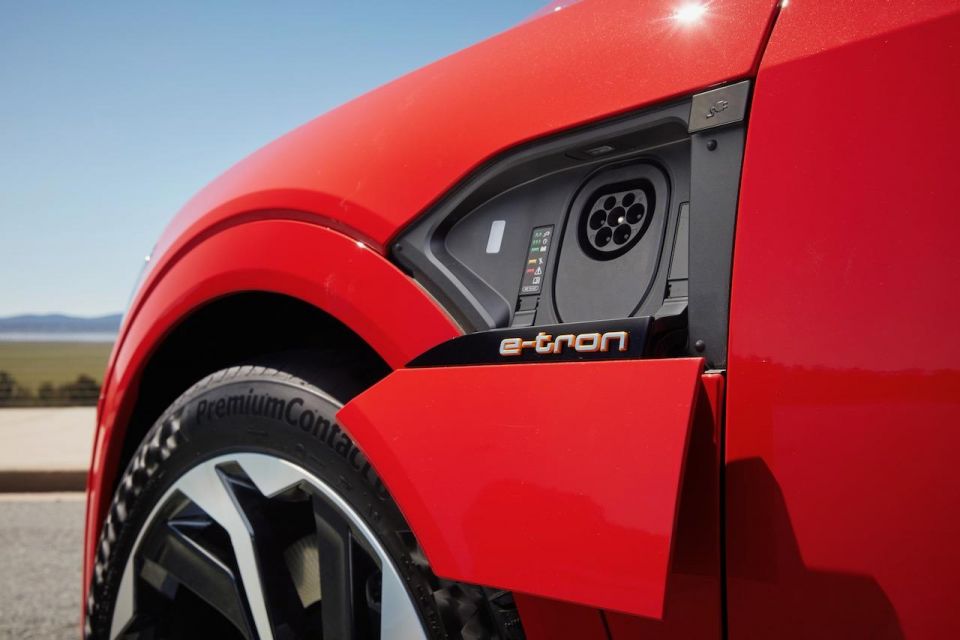
For now, Mercedes-Benz has the similarly-sized EQC with a range of more than 400km, with another 10 models set to launch by 2022. The rest of the range will also get some form of electrification as a power source.
BMW also has a bunch of EVs on the way including the iNext, i4, and iX3, though the broader picture for the Munich-based carmaker will see 25 electrified vehicles arrive by 2023, some of which will be M Performance versions.
While the E-Tron nameplate might conjure up an image of a sci-fi-styled car from the future, this all-electric Audi doesn’t really shout about its powertrain. At least, not the same way the Jaguar I-Pace or Tesla Model X does.
Apart from its slightly different grille, dual charging ports, and the obvious badging, it looks like any large Audi SUV.
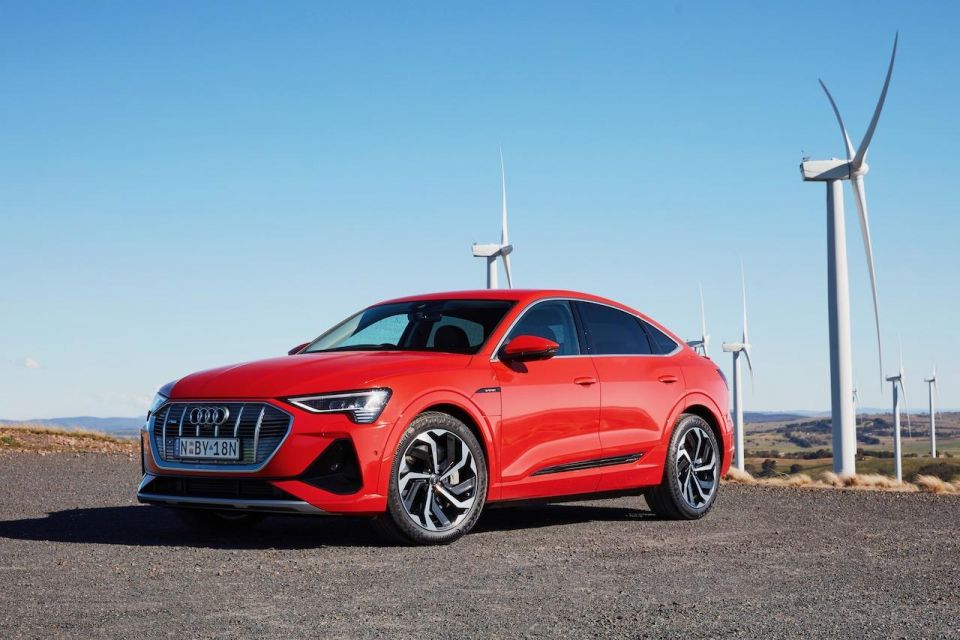
That’s the case unless buyers choose the optional virtual mirrors, which are genuine science fiction for the here and now. Effectively, they’re aerodynamically-designed, exterior-mounted cameras on stalks that transmit images to screens placed just above the interior doorhandles. This feature alone has the potential to draw a crowd.
Audi claims the E-Tron is the fastest-charging EV currently on the market with an 80 per cent charge possible in just 30 minutes from ultra-rapid locations on the Chargefox network (buyers will have free access for six years). For a 100 per cent charge you’ll need 45 minutes with the fast charger. Audi claim a range in excess of 400km for the e-tron 55 variants, and more than 300km for the e-tron 50 versions.
Both variants can be charged overnight at the standard-fit 11kW AC home-charger as well. More on that to come.
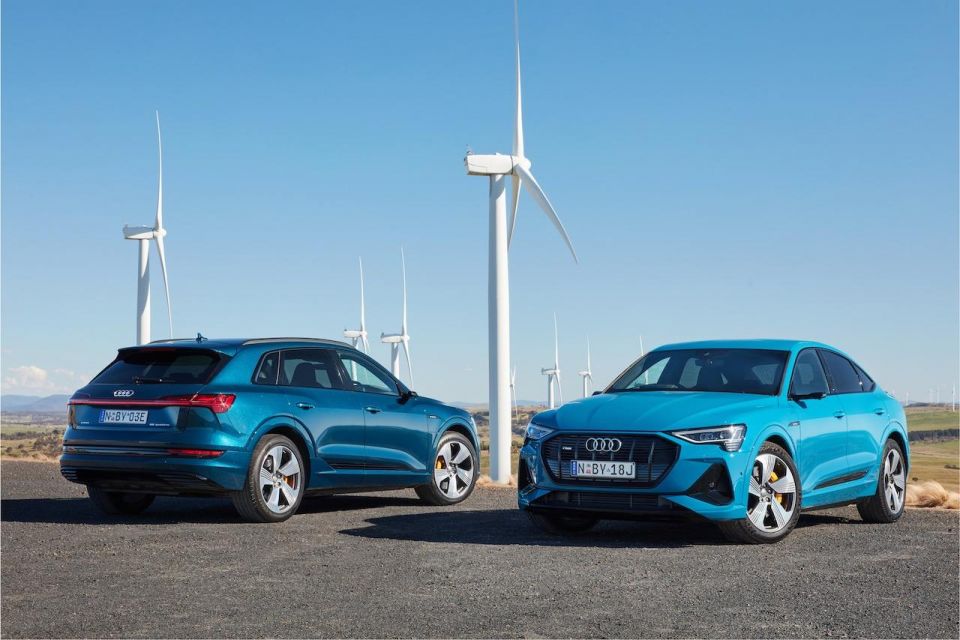
Two different E-Tron bodies are offered, each with a choice of 50 and 55 powertrains. Pricing before on-road costs is below:
There are currently eight Audi E-Tron dealers including Alto Artarmon, Perth, Sydney, Townsville, Richmond, Doncaster, Canberra and Solitaire, but buyers can also order their cars online.
The comparison with Audi’s own Q7 demonstrates the fact early adopters will pay more for their electrified SUV. Prices for the internal-combustion Q7 start at $101,900 before on-roads and climb to $161,500 before on-roads for the twin-turbo SQ7 TDI.
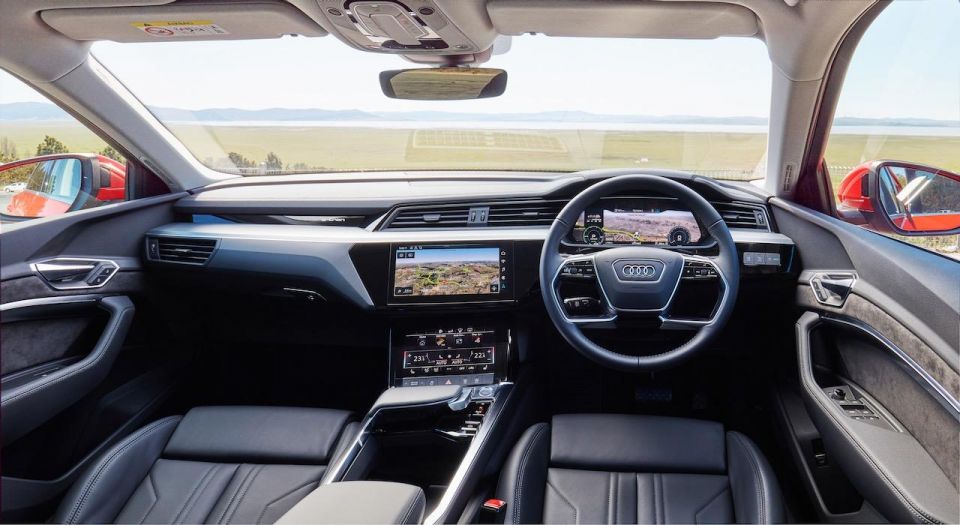
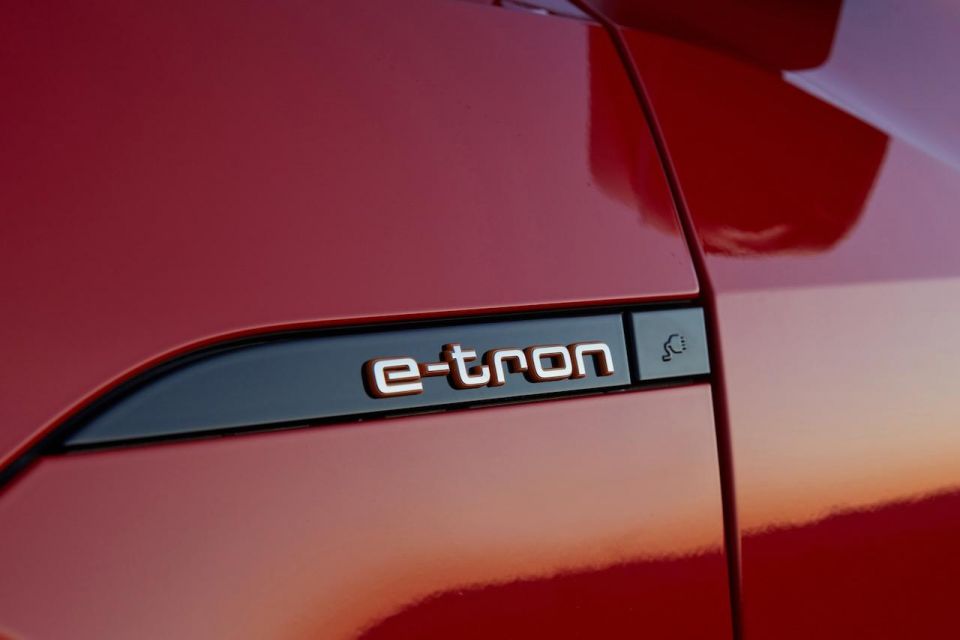
The Mercedes-Benz EQC can be ordered now with stock arriving late October and starts from $137,900 before on-roads for the EQC400 with 300kW of power and 760Nm of torque. It claims a 0-100km/h sprint time of 4.7 seconds and a range of around 430km.
Tesla has the Model X which kicks off from $165,712 for the Long Range, which makes 311kW of power and 660Nm of torque.
It accelerates from 0-100km/h in 4.6 seconds, with an NEDC range of 580km. The top-spec Performance variant starts from $185,212 before on-road costs and can go from standstill to 100km/h in a staggering 2.8 seconds.
Buy your new car without the stress. It's fast, simple and completely free.

Great service from Travis and team, second time I have used this business would not hesitate to recommend them to anyone
Craig C.
Purchased a Ford Ranger in Sunshine Coast, QLD
CarExpert helped Craig save $7,224 on his Ford Ranger, now let us save you on your next new car.
Get your BEST priceWe’ve already seen the E-Tron commands a hefty premium over its Q7 siblings but to even things up a little, it’s also very well equipped.


Features such as an electrically-operated tailgate with gesture control, heated and auto-dimming exterior mirrors with memory, LED headlights, leather seats and upper dash, power-operated and heated front seats, dual-zone climate control, auto dimming rear-vision mirrors, and ambient lighting are standard.
Inside, there’s a 12.3-inch Virtual Cockpit in place of instrument dials and a 10.1-inch touchscreen infotainment screen. There’s also an 8.6-inch colour display below it for climate control functions.
Wireless Apple CarPlay, wired Android Auto, and DAB+ digital radio are included as well, along with wireless phone charging. The standard sound system is a 10-speaker, 180W unit.
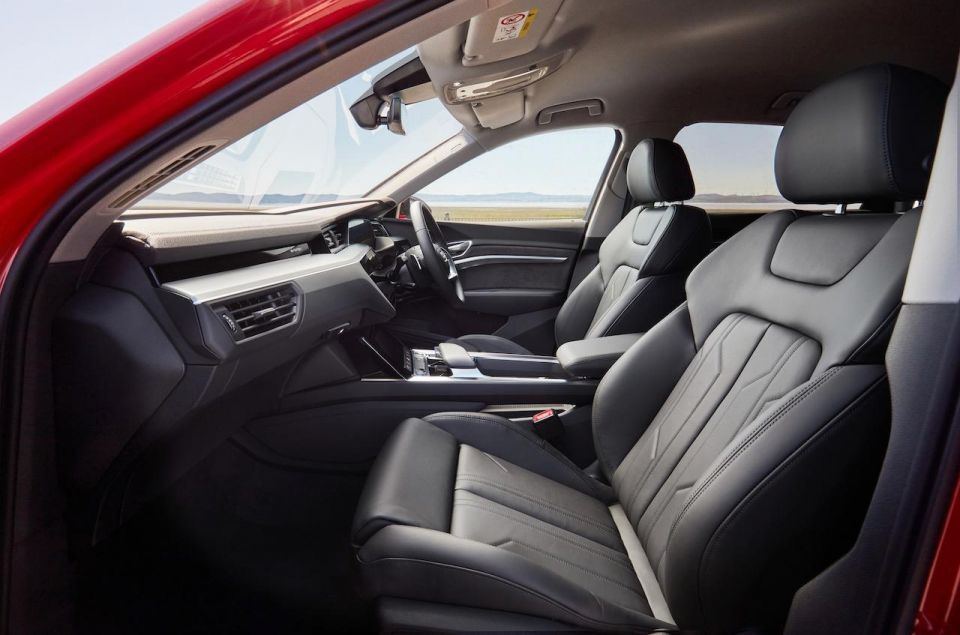
Options are limited to a few individual items such as a panoramic glass sunroof, the titanium black exterior styling package, and 10 metallic paint colours. Brilliant Black is the only no-cost option colour.
There are, however, a stack of tasty features in First Edition variants and the Premium Plus package, including 21-inch alloy wheels, Matrix LED headlights with dynamic indicators, virtual exterior mirrors, privacy glass for the rear windscreen and windows, a head-up display, and a Bang & Olufsen 16-speaker sound system with a 15-channel amplifier and 705W of power.
The list goes on, with electric steering column adjustment, four-zone climate control with a rear-seat touchscreen, and ambient lighting with 30 colours and six colour profiles.
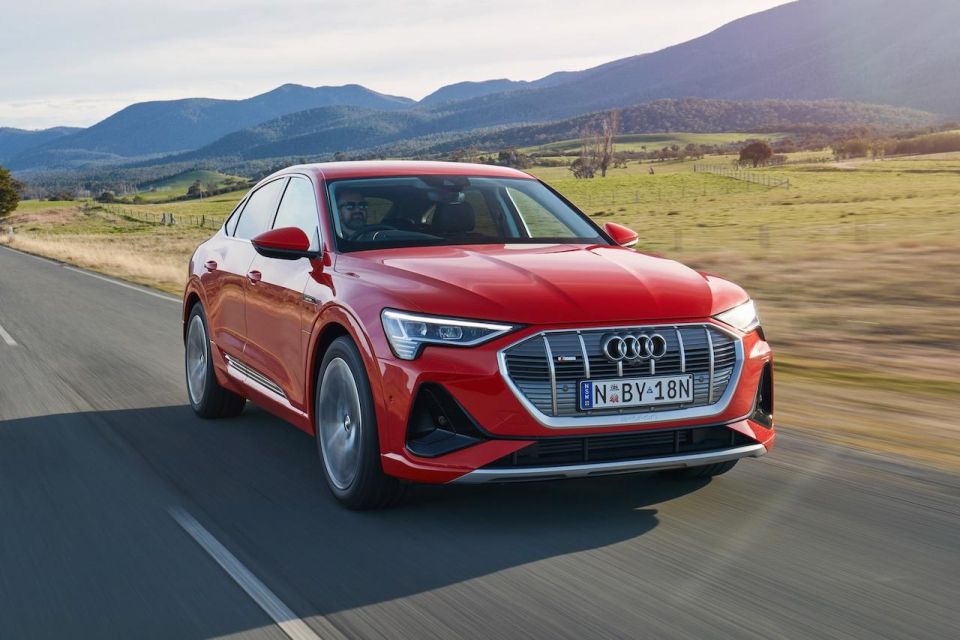
The First Edition package adds brake calipers in orange, puddle LEDs with E-Tron projection, sports front seats with contrast stitching, and the S Line interior package which includes high-end Valcona leather upholstery.
Audi E-Tron was awarded a full five-star ANCAP safety rating in July 2019, scoring 91 per cent for adult occupant protection, 88 per cent for child occupant protection, 71 per cent for pedestrian protection, and 78 per cent for safety assist.
There’s a raft of active safety systems on board the E-Tron including autonomous emergency braking (AEB) with pedestrian and cyclist protection, a 360-degree camera, lane-departure warning, rear cross-traffic alert, intersection assist, collision avoidance assist, turn assist, and exit warning.
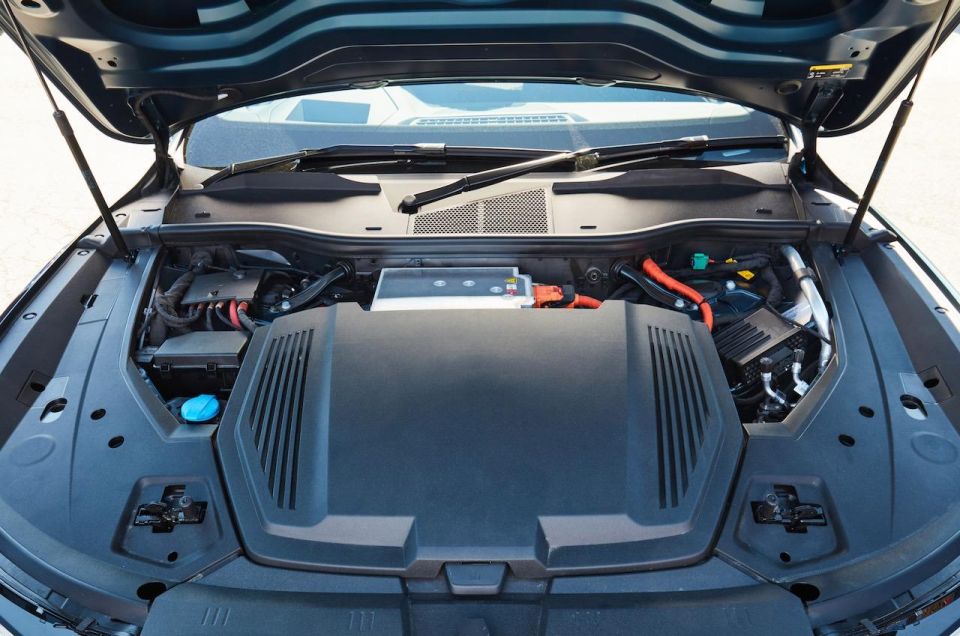
There’s also adaptive cruise control with stop and go, traffic jam assist and lane guidance assist, blind-spot monitoring, and front and rear parking sensors with visual displays.
We kicked off proceedings in the E-Tron Sportback 50 quattro and, while it might be the middle-spec variant in the range, it’s also a relatively high-priced Audi SUV with an interior to match. Honestly, there isn’t a lot different between the two variants.
The leather seats, Alcantara trim and brushed metal accents are superb and the E-Tron’s three large screens dominate inside, which is pretty much standard Audi fare at this price. Seat comfort is brilliant, as is the driving position.
Forward visibility is good, but the rear screen is narrow so rearward visibility is less than what you might be used to.
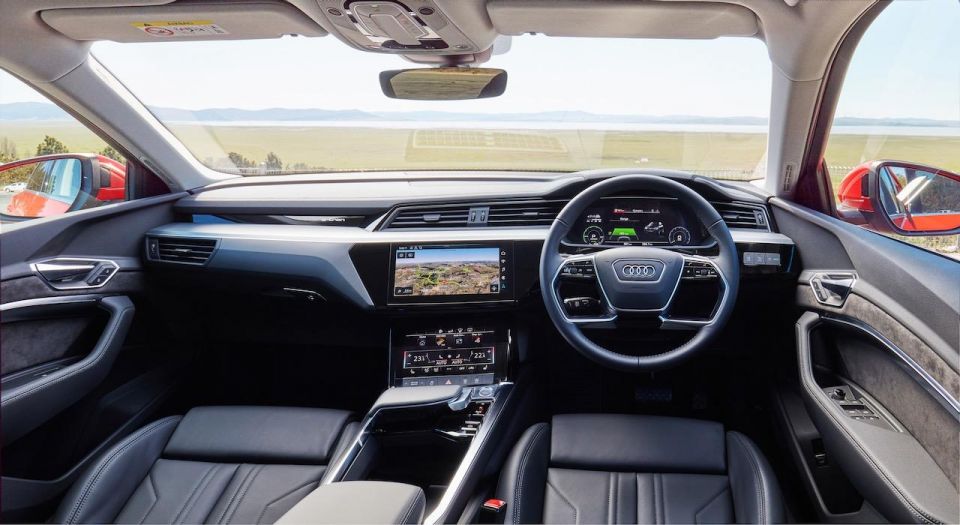
If you’ve never had the pleasure of looking at Audi’s benchmark digital instrument display then you’re in for a treat – the clarity of colour and resolution of the display impresses. This one is a tad different because it also shows a large range gauge between the two virtual dials.
Apart from that it feels like any other large Audi SUV, especially given our tester was equipped with standard door mirrors rather than the virtual option. The only thing that feels different in here is the gear shifter. It’s flat with a console-style trigger mechanism operated by your thumb. It feels natural, and you’ll get used to it in seconds.
While the E-Tron might be a large SUV, there’s room for only five and that central rear seat has cut-off legroom (despite the flat floor) due to the centre console that impedes well into the second row.
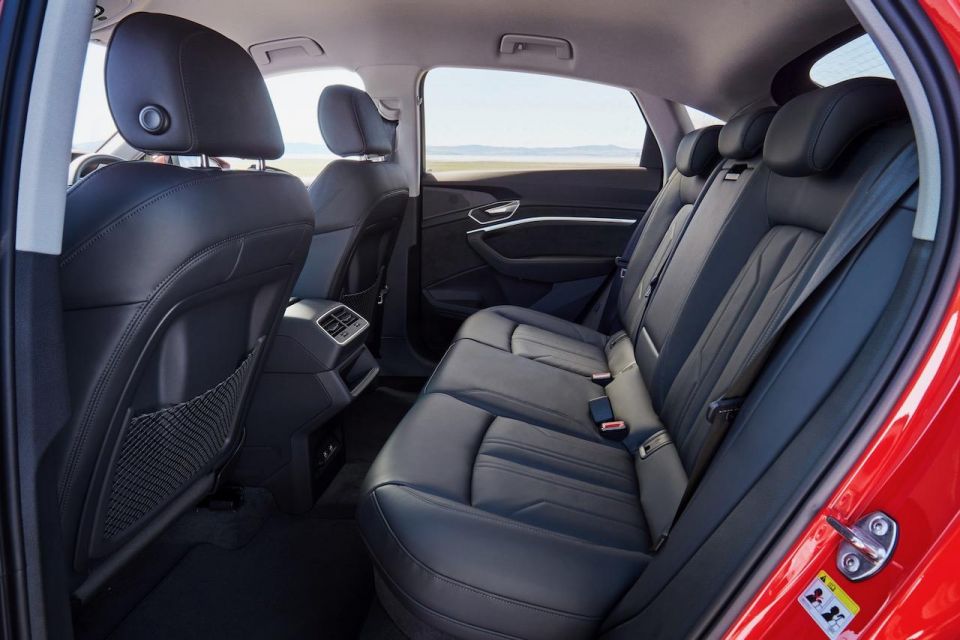
Luggage space is good across both standard E-Tron and sloping-roofed Sportback variants, accommodating 660L and 615L respectively. You’ll need to consider the high load sill when lifting bulky goods up into the car, and it could be a nuisance when loading large boxes.
Instead of the internal-combustion engine that would normally sit under the bonnet, there’s a relatively shallow frunk where you can store the charging kit and a few other odds and ends.
The 50 quattro produces 230kW of power and 540Nm of torque, good for a claimed 6.8-second sprint to 100km/h, while the 55 quattro packs 300kW of power and 664Nm of torque, dropping the 100km/h sprint time to just 5.7 seconds.
The e-tron 55 quattro variants store up to 95kWh of energy over 36 battery modules, while the 50 quattro versions can store up to 71kWh of energy in 27 modules.

Both versions can be charged overnight with the 11kW AC home charging kit (requires three phase power), with E-Tron 55 variants needing 8.5 hours for a full charge, and 50 versions requiring a six-hour full charge.
Fast charging at Chargefox ultra-rapid DC locations takes place at 150kW (120kW for the e-tron 50) for an 80 per cent charge in 30 minutes (tried and tested), or a full charge in 45 minutes.
It’s worth noting all fast charging over the network is powered by 100 per cent renewable energy.
It’s amazing how quickly you get used to driving an electric vehicle. It’s seamless. The drive route covered the Canberra CBD, country B-roads and various motorways as we made our way back to Sydney, so there was plenty of variety.
You notice the quietness and smoothness of the E-Tron almost immediately, so phone calls, music, and podcasts are impeccably clear.
It might be a big unit, but the E-Tron is an exceptionally slippery car through the air, with a drag coefficient as low as 0.25 with the virtual mirrors and 0.28 for those vehicles with the standard door mirrors. You can clearly hear the difference between the two, especially on the motorways.
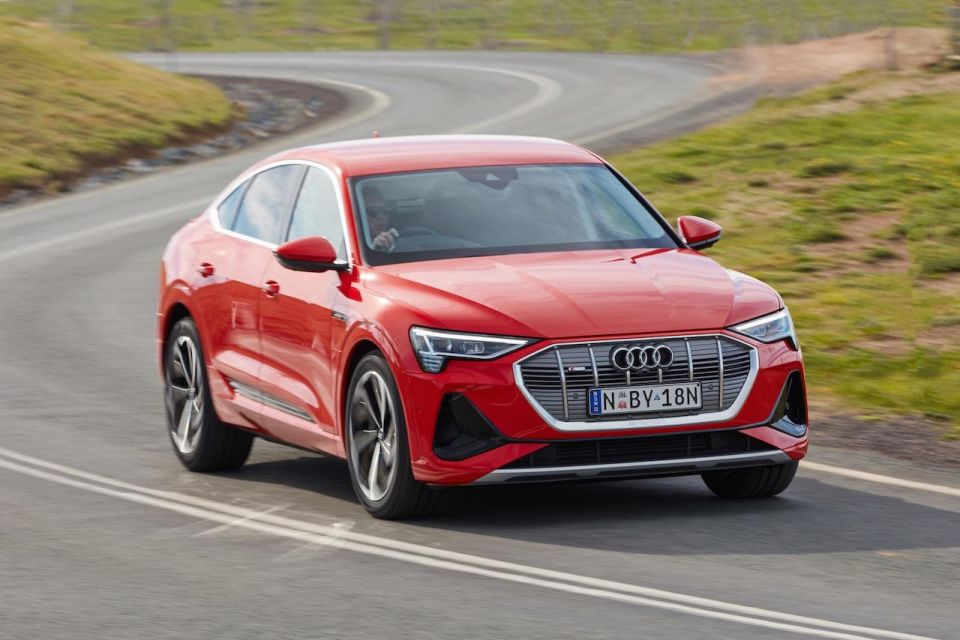
Where expert car reviews meet expert car buying – CarExpert gives you trusted advice, personalised service and real savings on your next new car.
Like most other Audis the E-Tron gets selectable drive modes from Eco to Dynamic, as well an off-road mode which uses the car’s adaptive suspension to raise the ride height.
If you’re like me, you’ll quickly lose interest in the battery-saving Efficient mode given its lacklustre throttle response (honestly, I tried it), and move into either Dynamic for those B-roads and high-speed overtakes or Auto for pretty much everything else, given it’s the default.
It’s not a light car, the E-Tron, with the 55 quattro tipping the scales at a hefty 2480kg without the driver and the 50 quattro weighing in at 2370kg. But given its low centre of gravity with the battery in the floor and electric motors on each axle, it does a decent job disguising the weight.
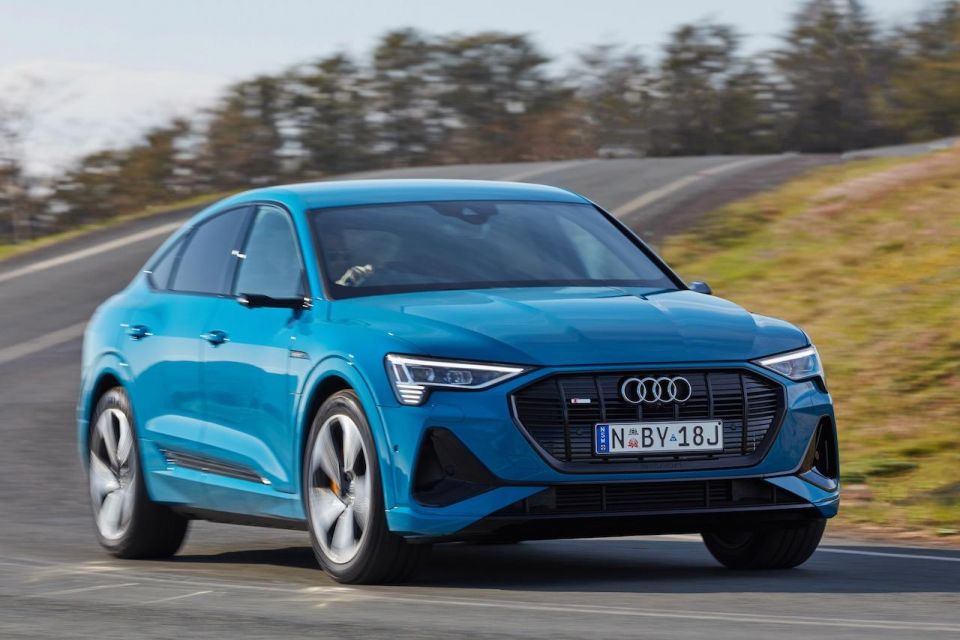
Overtaking at high speed is a thorough joy in either E-Tron variant because peak torque is available from the moment you jump on the throttle. There’s a total feeling of safety given how quick it reacts.
The E-Tron is nowhere near as quick as the Tesla Model X, with the 55 quattro needing 5.7 seconds to go from standstill to 100km/h with boost mode engaged, or 6.6 seconds in standard mode.
The E-Tron 50 is only slightly slower and able to accelerate to 100km/h in 6.8 seconds – but the instant torque availability means it still feels usefully rapid.
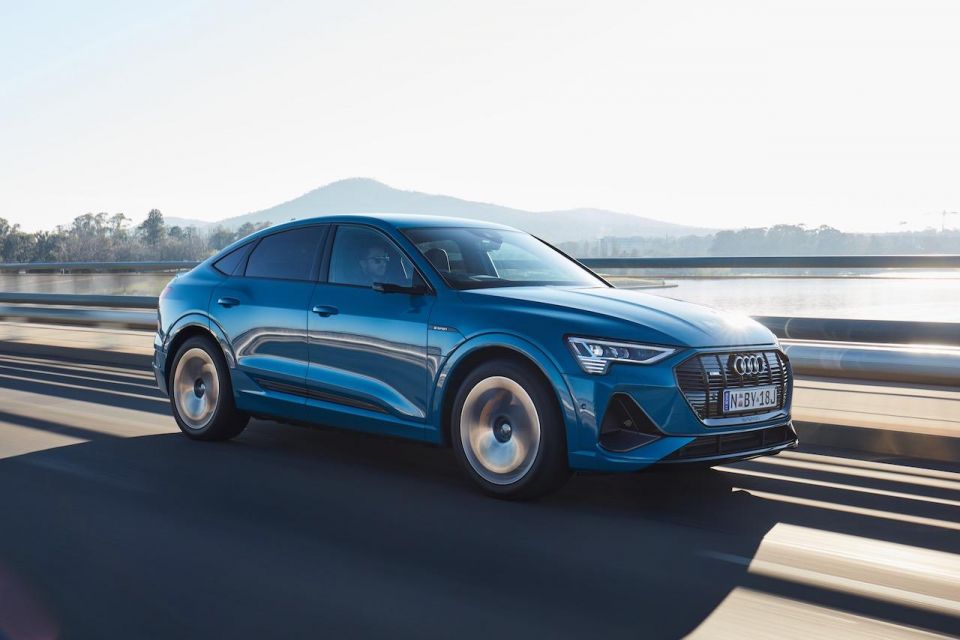
Left in Dynamic, there’s not a lot body roll even when you start to push hard through the bends. That doesn’t mean you don’t feel it though because for sure you can, especially under braking.
It’s not unruly no matter how hard you push, and it feels completely sure-footed under swift changes of direction. There’s not a lot of communication through the steering wheel but enough to let you know what the front wheels are doing.
Ride comfort is very good and another of E-Tron’s best traits, thanks to its air suspension and moderate-profile tyres – especially on the E-Tron 50 (255/50 R20). Even on the 55 (265/45 R21) bumps are absorbed for a well-cushioned ride all round.
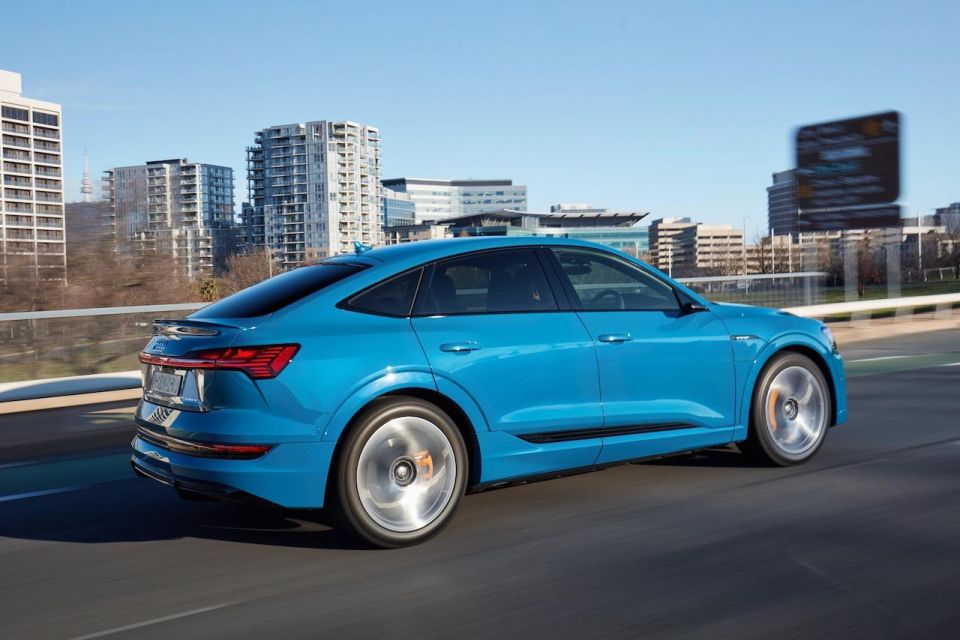
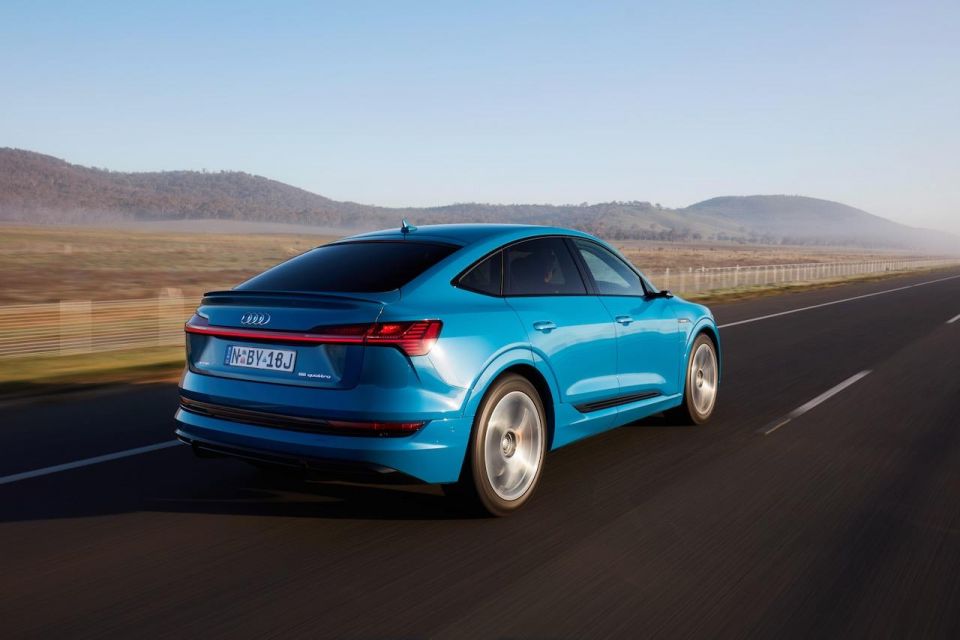
The brakes feel strong, but not always entirely natural to me. Initial braking is actually done via the electric motors, with that energy recuperated and sent back to the battery. But lean on them and it’s the brake discs that do all the heavy lifting. Believe me, it stops well.
Regenerative braking isn’t as pronounced as in, say, a BMW i3, where you can effectively drive the car using the throttle pedal alone, but the paddles behind the steering wheel allow you to increase the recuperation so less left-pedal action is required. The default isn’t nearly as aggressive as in cars like the i3.
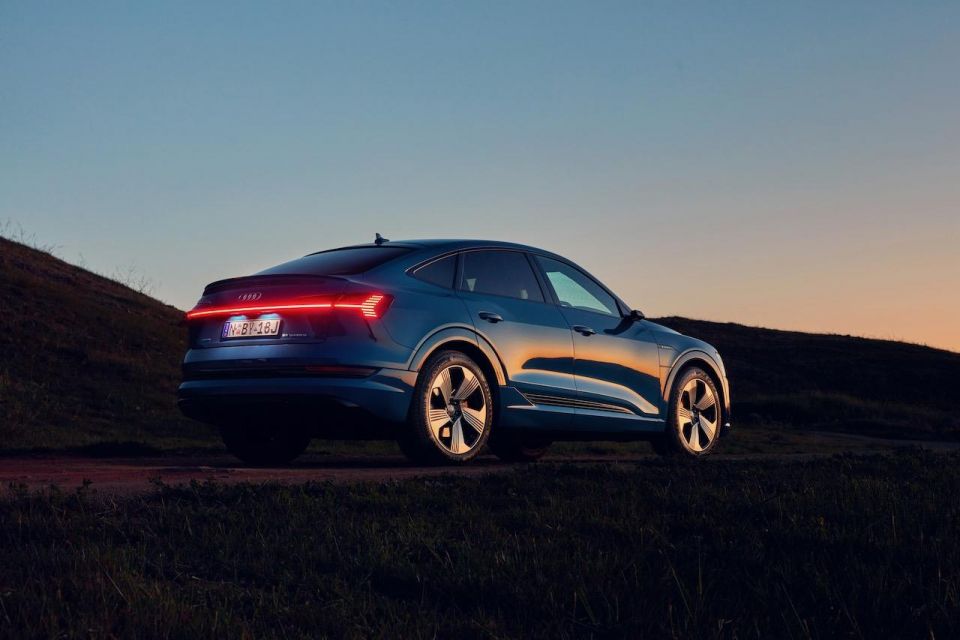
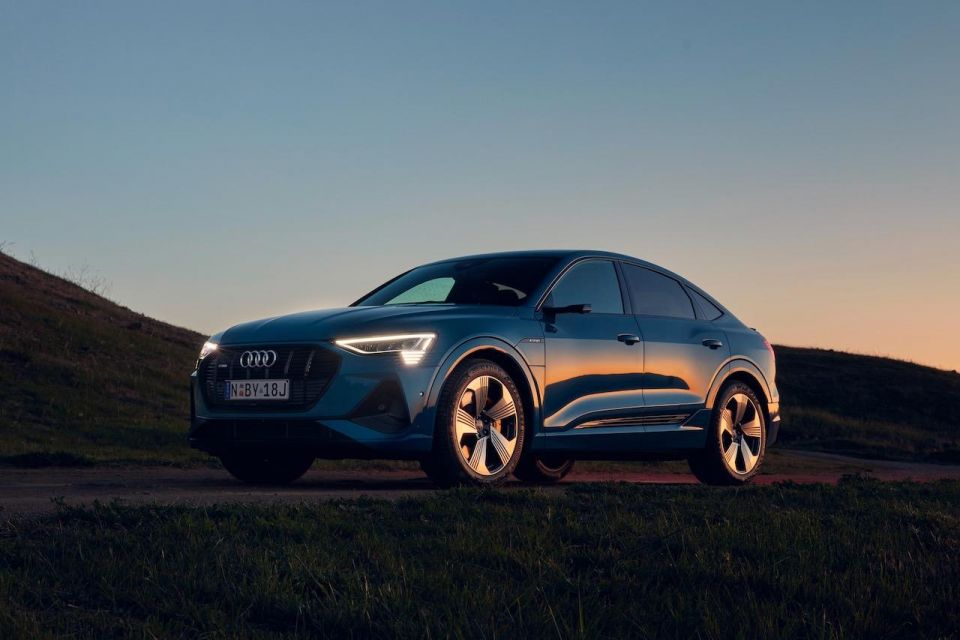
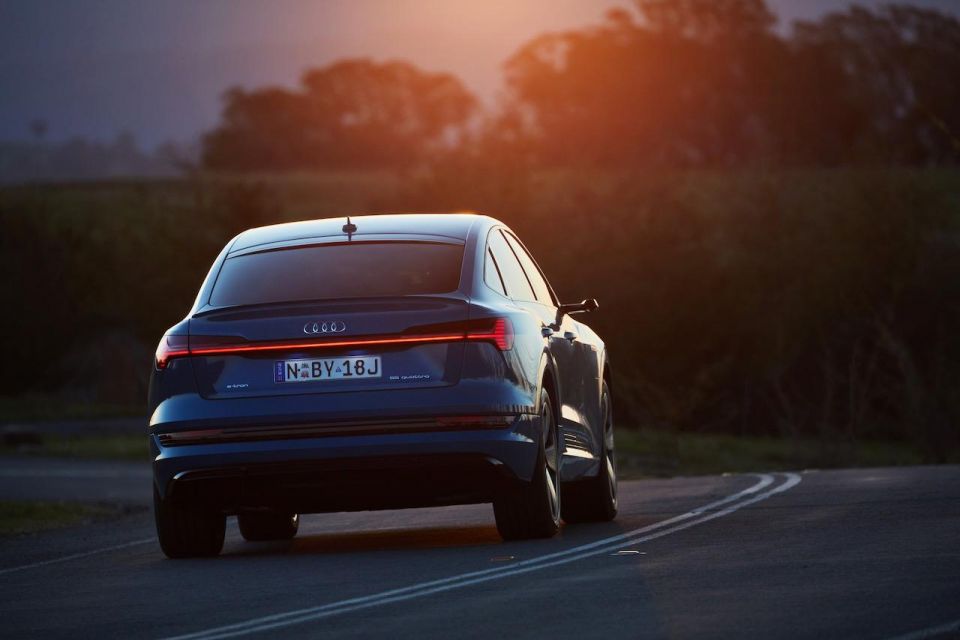

If you need to tow with your Audi E-Tron, it has a 1.8-tonne braked-towing capacity thanks to that hefty torque delivery.
The good news is that Audi E-Tron buyers will get six years of free public charging through the expanding Chargefox network, six years/90,000km of scheduled servicing (whichever comes first), and six years of roadside assistance.
There’s also an eight-year/160,000km battery warranty.
The Chargefox Ultra Rapid charging network currently allows for travel between Adelaide and Brisbane via Sydney and Melbourne. There’s also charging stations around Perth and on the more scenic drives around Tasmania, they tell us.

Buy your new car without the stress. It's fast, simple and completely free.

Great service from Travis and team, second time I have used this business would not hesitate to recommend them to anyone
Craig C.
Purchased a Ford Ranger in Sunshine Coast, QLD
CarExpert helped Craig save $7,224 on his Ford Ranger, now let us save you on your next new car.
Get your BEST priceThere’s a $9000 premium for the E-Tron 55 quattro over the E-Tron 50, and I don’t believe the small performance gains and longer range are quite worth it.
Either way, the Audi E-Tron is an electric SUV that makes perfect sense for the here and now. It’s not something you need to get your head around, as the learning curve is small.
It’s practical, goes well, gets all the latest tech and safety systems, and requires no new driving techniques compared with what you’re already used to – other than you won’t need to stop at the petrol station every week and your music will sound better.
Where expert car reviews meet expert car buying – CarExpert gives you trusted advice, personalised service and real savings on your next new car.
Anthony Crawford is a CarExpert co-founder and senior presenter with 20+years in automotive journalism and content creation.


William Stopford
3 Hours Ago


William Stopford
11 Hours Ago


Ben Zachariah
13 Hours Ago
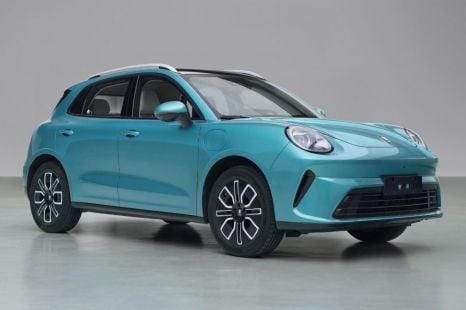

William Stopford
13 Hours Ago
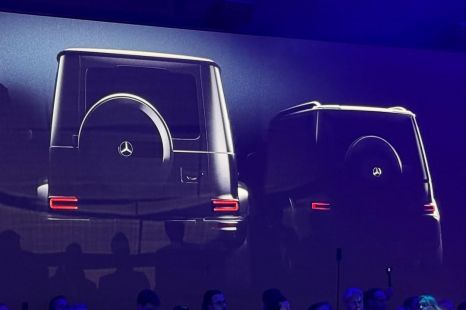

Ben Zachariah
16 Hours Ago
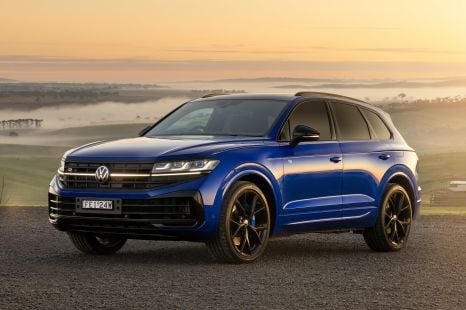

Damion Smy
16 Hours Ago